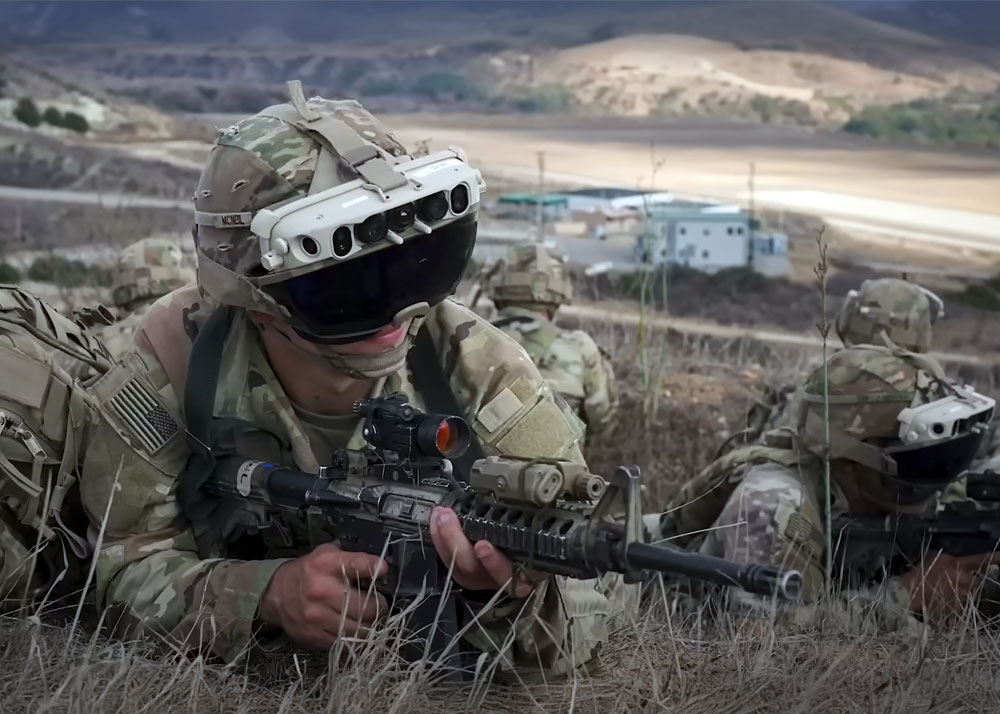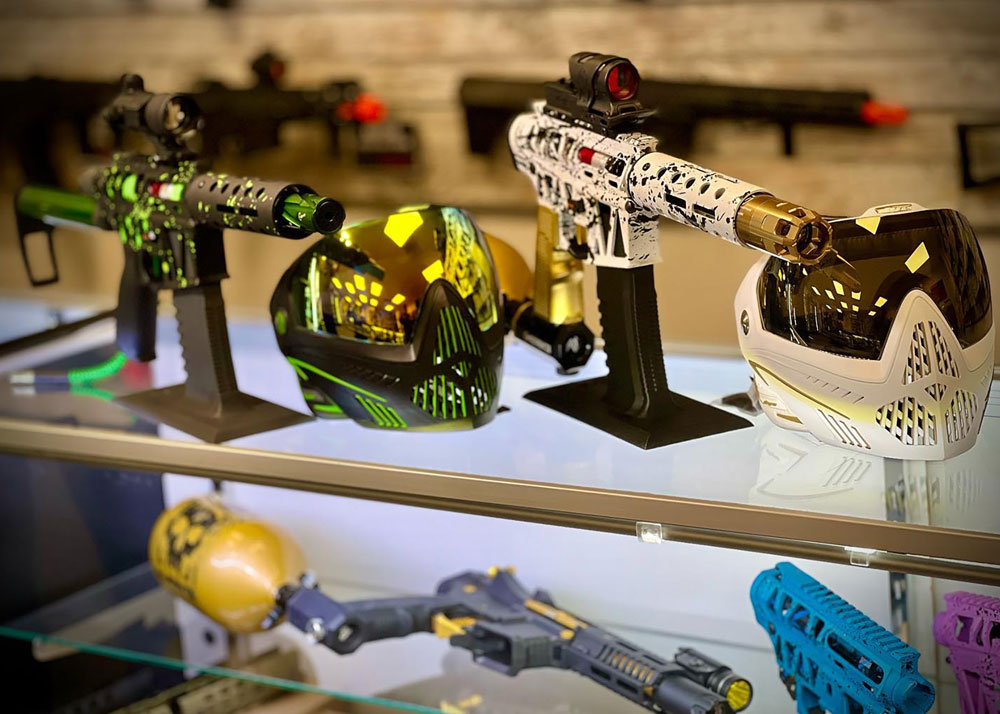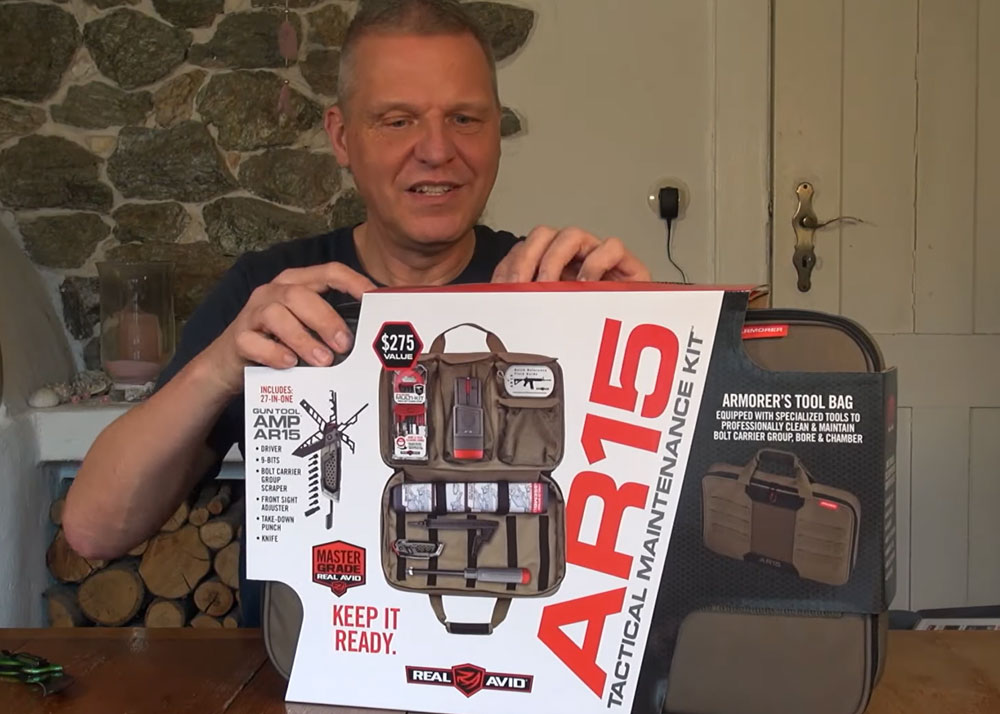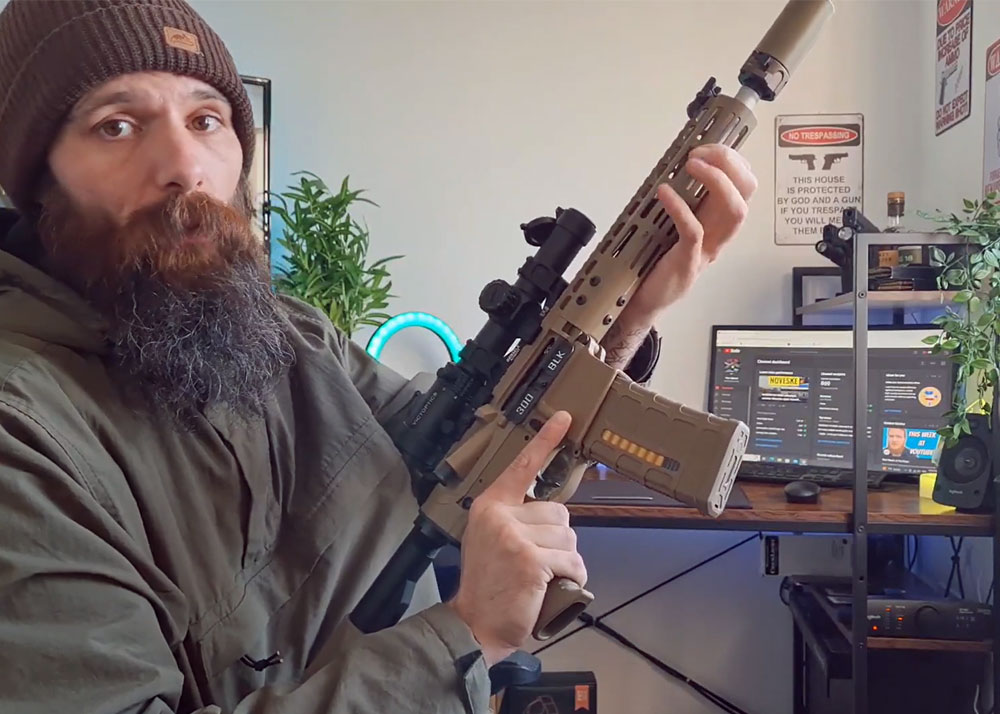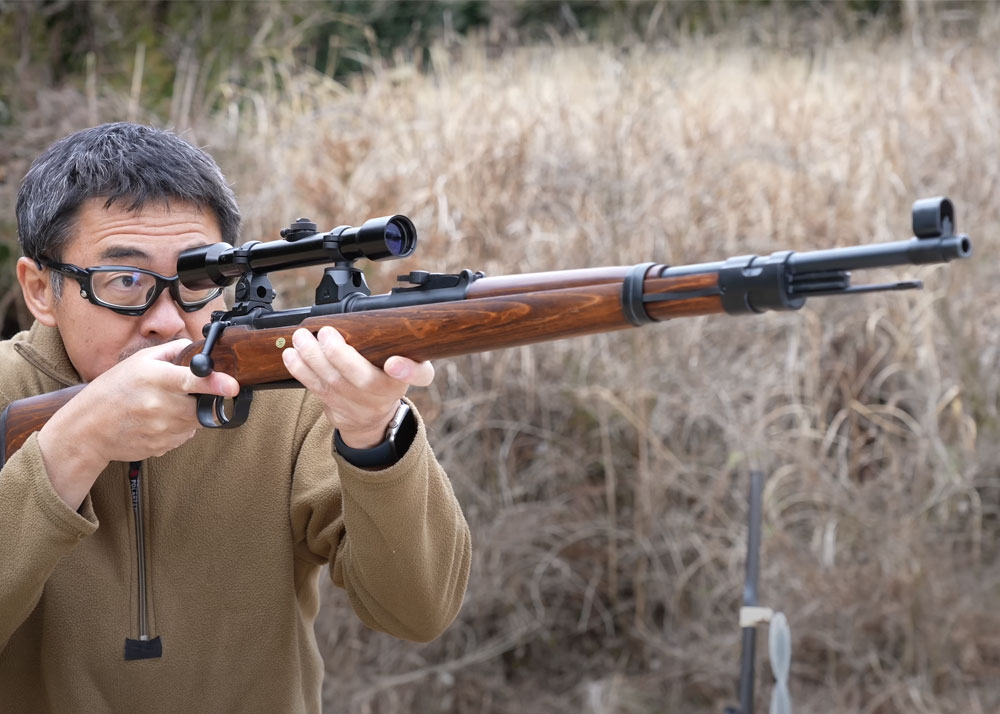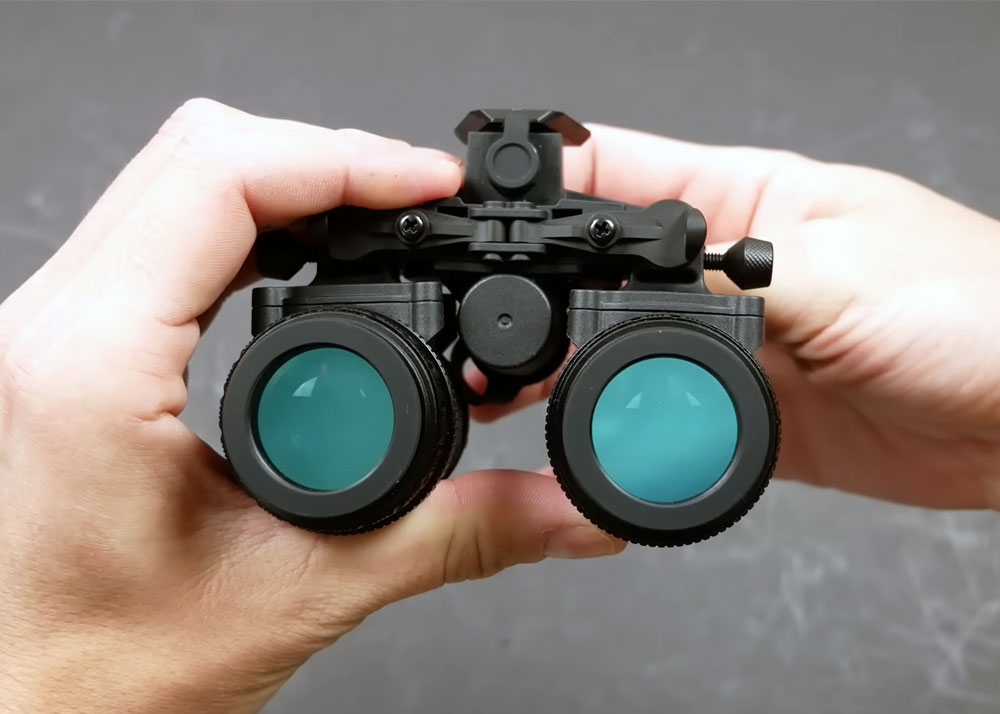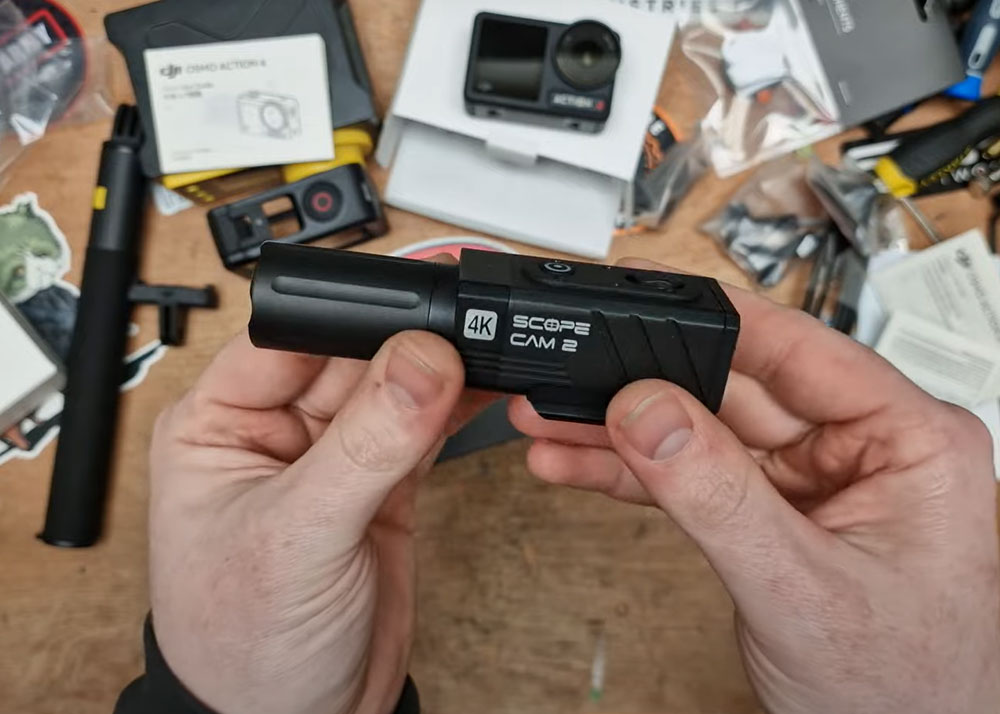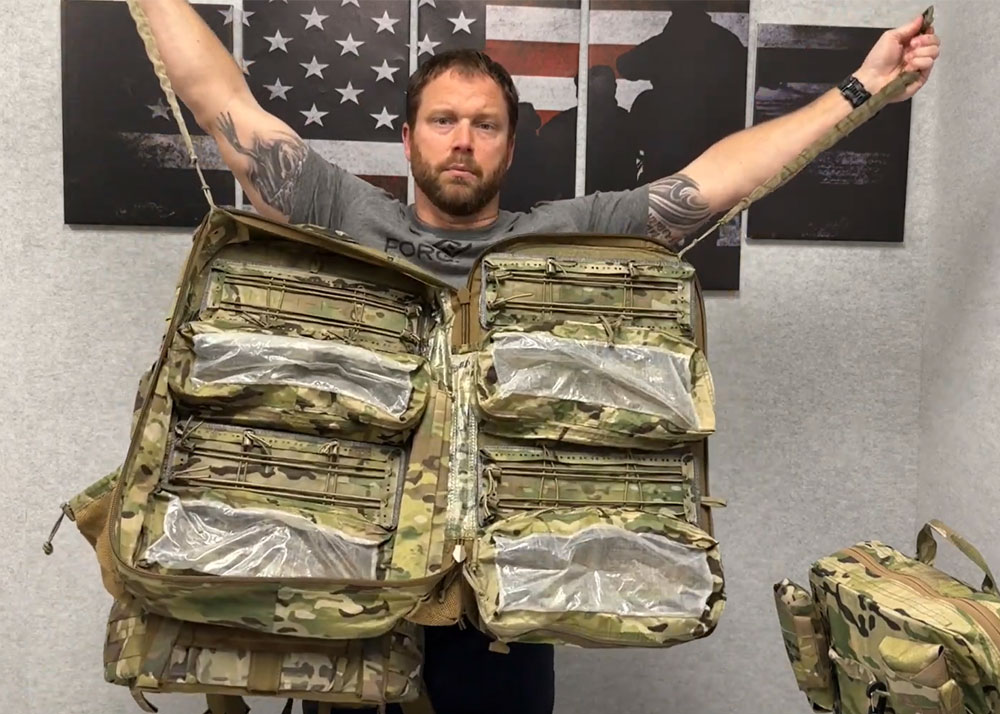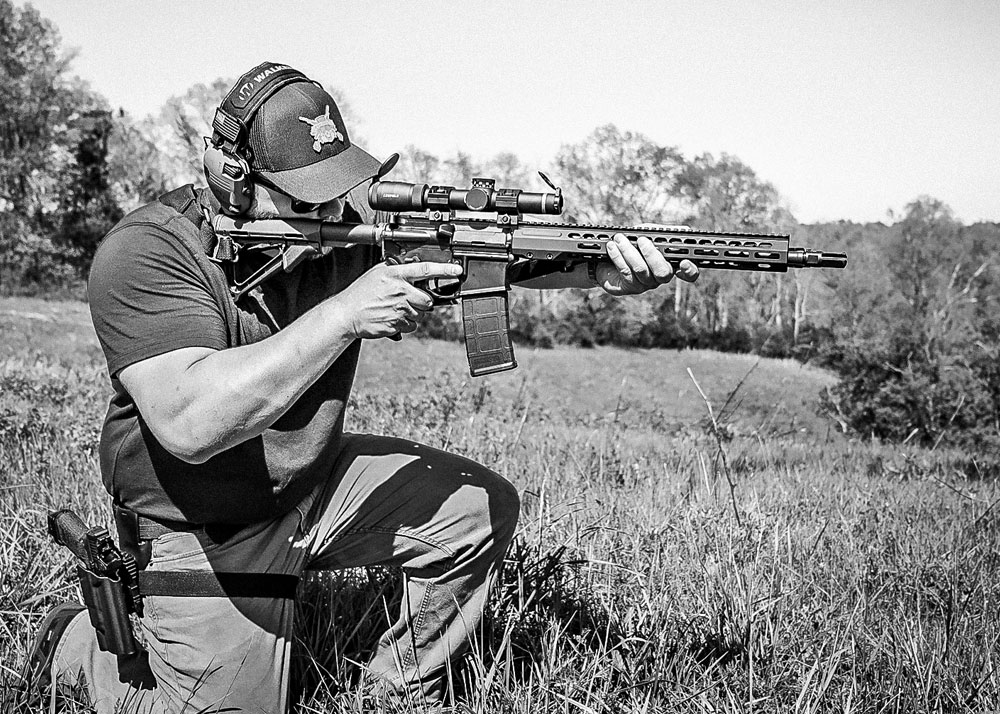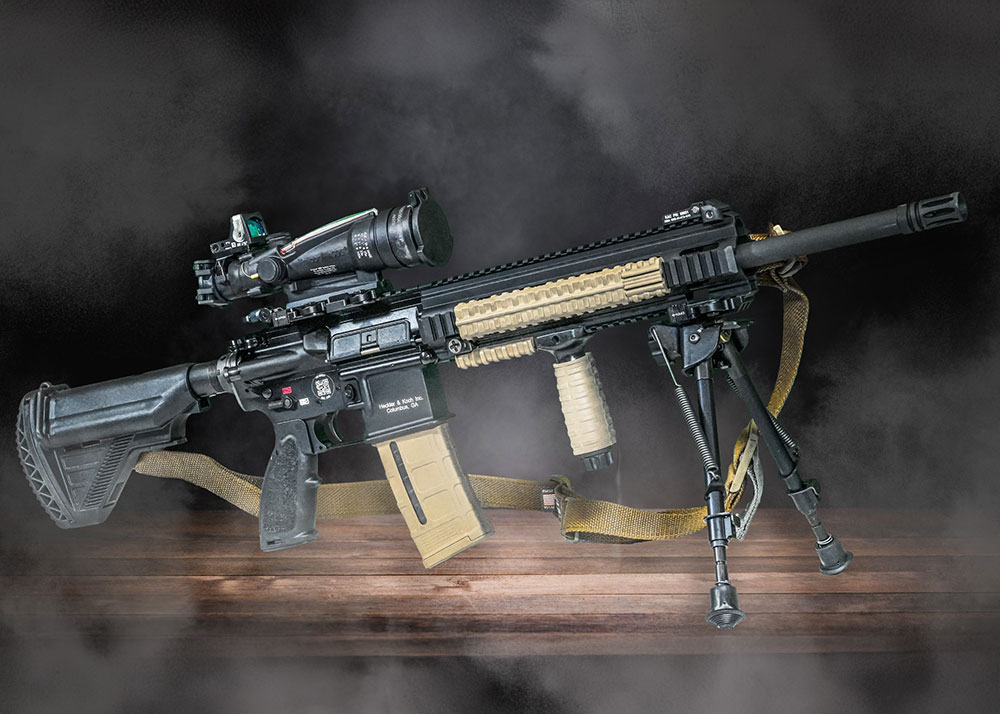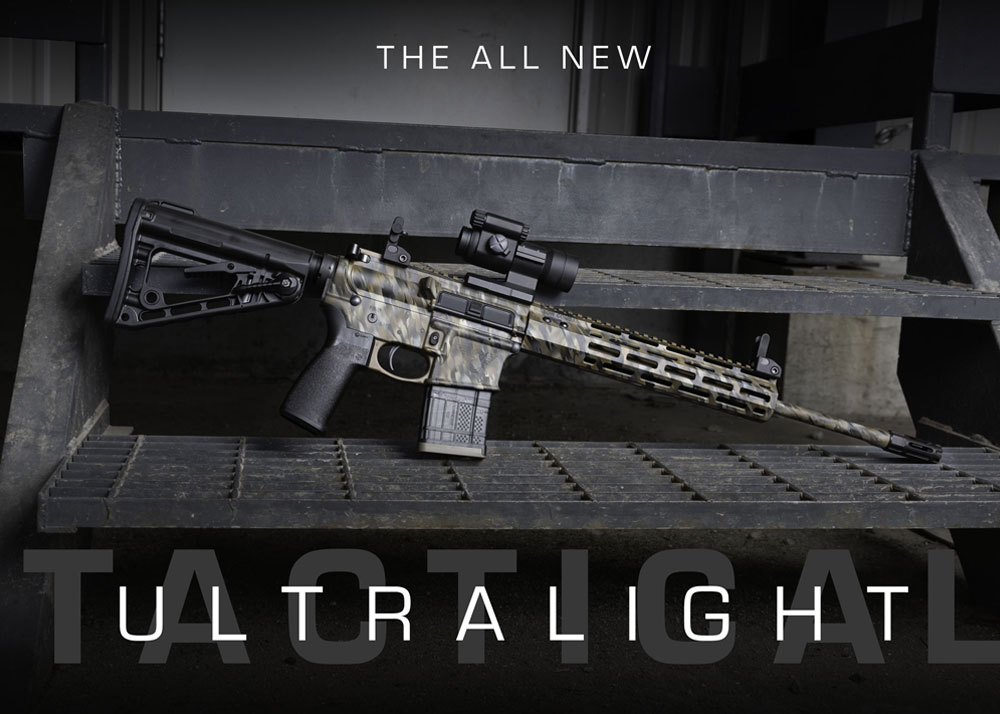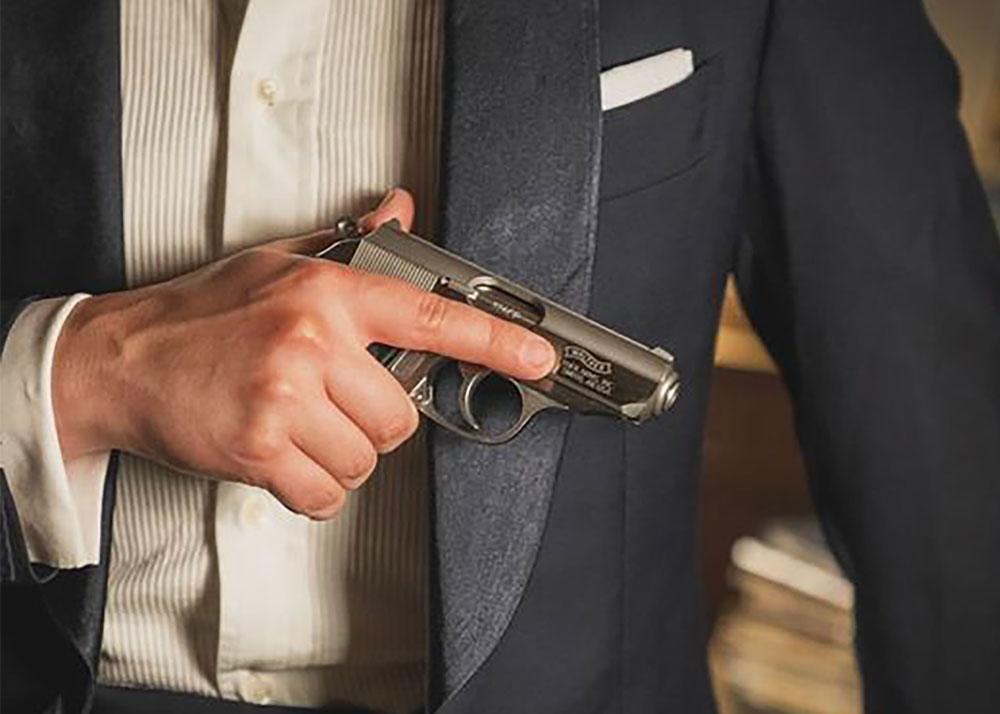U.S. Army Issues An RFI For A Design For Improved Ghillie System
Logan
03 May 2018
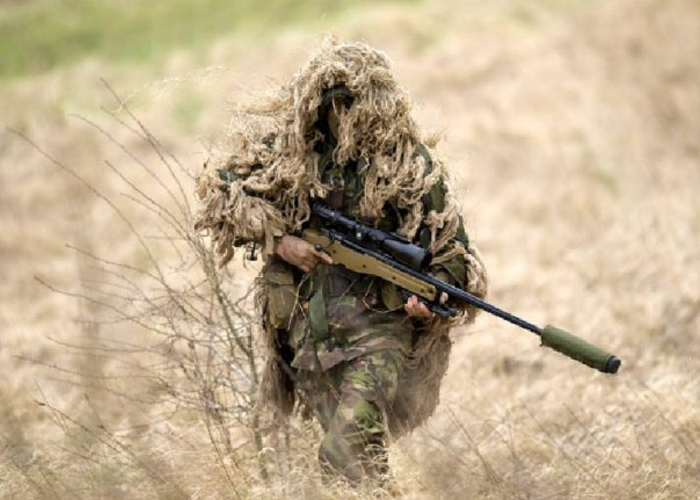
It’s time again to look at the Ghillie suit. Yes, that contraption that snipers use to conceal themselves. The P.E.O. Soldier posted an RFI last April 23 for a design for an "Improved Ghillie System." The RFI will demand a lot from interested parties and should be able to be used over existing combat clothing that can be easily attached and not to exceed 5lbs.
Interested parties are expected to respond on or before the 8th of May 2018. Portions of the RFI below:
Request for Information (RFI): Design for Improved Ghillie System - Over Garment and Kit
The Program Executive Office, Soldier (PEO Soldier) is posting a RFI in advance of a request for proposal (RFP). This RFI is posted solely to communicate needs regarding upcoming RFP and does not constitute a formal solicitation for proposals and will not directly lead to any contract awards. The following sections of this announcement contain details of the scope of technical efforts of interest, along with expected instructions for the submission of responses to this RFI.
Background & Scope
In 2008, Product Manager-Soldier Clothing & Individual Equipment (PdM SCIE) and Natick Soldier Research, Development & Engineering Center (NSRDEC) developed the Flame Resistant Ghillie Suit (FRGS) and the Ghillie Suit Accessory Kit (GSAK) as an interim solution through the Rapid Fielding Initiative (RFI).
For the IGS effort, PEO Soldier is seeking an improved system to include an over garment layer to which kit materials and natural elements can be easily and securely attached. The over garment layer of the system may include, but is not limited to, items such as hood, cape, sleeve, over shirt and/or veil. The over garment layer should be a lightweight, modular, mission tailorable and counter-surveillance capable.
The base uniform recommended for wear with the IGS is the FR Army Combat Shirt (ACS) and the FR Army Combat Pant (ACP), which will provide an FR layer beneath the IGS. The ACS and ACP are not included in this requirement but should be considered when deciding on optimal colors/shades. The use of the ACS and ACP reduces the need for the over garment to provide the needed FR protection therefore, allowing for possible material solutions with reduced weight, improved breathability and improved performance over current FRGS system.
Technical Requirements for Over Garment:
- No observed melting or dripping (Threshold)
- Provide ability to easily add and remove accessories from kit or natural environment
- Not exceed 5 pounds T=5 lbs O=2lbs
- Be one size to accommodate the 2nd percentile female to 98th percentile male in fighting load configuration using the Smart Adaptions Study (T=O)
- Not hinder mobility
- Allow for donning and doffing within 2 minutes or less T=2 min
- Be capable of being stowed in top flap of the MOLLE Large pack or MOLLE 4000 pack (T)Constructed of quick drying materials T=4 hr, O= 1 hr in lab conditions, as measured by MM TS 07 for Dry Time, AATCC 201 for Drying Rate and ASTM E96 for Moisture Vapor Transmission
- No audible signature from movement at greater than 50 meters for 90% of possible detections.
Technical Requirements for Kit ((Skeins)-Jute or "jute like" material such as burlap, hemp, etc)
- No audible signature from movement at greater than 50 meters for 90% of possible detections.
- Exhibit a lower burn rate than burlap. Should qualify as Class 1, normal flammability, per 16 CFR Part 1610 Standard for the Flammability of Clothing Textiles, with no observed melting or dripping (Threshold). This may be intrinsic fiber property or achieved through topical finish or spray. Self-extinguish when ignition source is removed (Objective). Note that this is a starting point for the flammability requirement for IGS.
- Retain the ability for modification of the shape, size, and color using standard materials in the Army supply system and non-standard materials not typically found in the Army supply system (i.e. dyes, paints).
- Prevent visual detection by a trained observer at 200 meters (T); 50 meter (O)

It is interesting to find out what the new generation Ghillie suits for the U.S. Army will be if ever the RFI moves into a full search for the Improved Ghillie System. Honestly, we're curious about new "cloaking" technologies that are being proposed such as materials that bend the light around it such as those from Hyperstealth technology. In this age of stealth fighters and ships, it's time to see what can be done in actual combat clothing to allow snipers to get into position undetected or operators get to the objective before they reveal themselves at the last monent (0r maybe not reveal themselves at all).
Photo Source: U.S. Army

